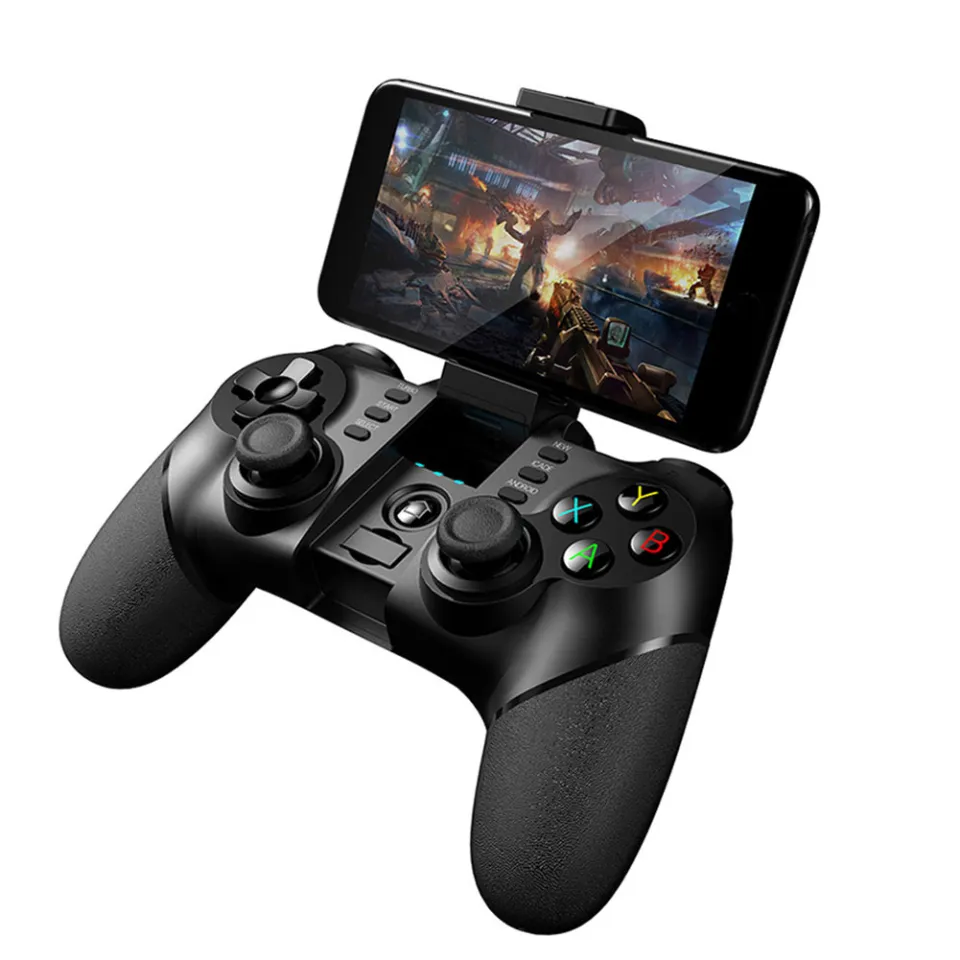
Are you in the market for a new electric keyboard but feeling overwhelmed by the multitude of options available? Look no further! In this comprehensive guide, we will break down everything you need to know about electric keyboards, from different types and features to how to choose the perfect one for your needs.
What is an Electric Keyboard?
An electric keyboard, also known as a digital piano, is a versatile musical instrument that simulates the sound and feel of an acoustic piano. Unlike traditional pianos, electric keyboards produce sound electronically and often come with a variety of built-in sounds, rhythms, and effects. These keyboards are popular among musicians, beginners, and professionals alike for their portability, affordability, and versatility.
Types of Electric Keyboards
When shopping for an electric keyboard, you will encounter various types, each catering to different needs and preferences. The main types of electric keyboards include:
- Digital Piano: These keyboards closely mimic the sound and feel of acoustic pianos, making them ideal for piano players looking for a portable alternative.
- Synthesizer: Synthesizers focus on producing a wide range of sounds, from traditional piano tones to electronic and experimental sounds. They are popular among music producers and electronic musicians.
- Arranger Keyboard: Arranger keyboards come equipped with a variety of accompaniment styles, rhythms, and effects, making them perfect for live performances and songwriting.
- MIDI Controller: MIDI controllers do not produce sound on their own but are used to control external sound modules and software. They are ideal for music production and recording.
Features to Consider
When choosing an electric keyboard, it’s essential to consider the following features to ensure you select the right instrument for your needs:
- Number of Keys: Keyboards come in various sizes, from 61 keys to 88 keys. Consider your playing style and space constraints when choosing the number of keys.
- Key Action: Keyboards offer different types of key actions, such as weighted, semi-weighted, and synth action. Choose a key action that best suits your playing style and preferences.
- Sound Quality: Pay attention to the sound quality of the keyboard, including the built-in sounds, effects, and speakers.
- Polyphony: Polyphony refers to the number of notes a keyboard can produce simultaneously. Higher polyphony allows for more complex and layered performances.
- Connectivity: Check for connectivity options such as MIDI, USB, and audio inputs and outputs for connecting to external devices and software.
How to Choose the Perfect Electric Keyboard
Now that you have a better understanding of electric keyboards and their features, it’s time to choose the perfect instrument for your needs. Here are some tips to help you make the right decision:
- Determine Your Needs: Consider your playing level, musical goals, and budget to narrow down your options.
- Try Before You Buy: Visit a music store to test out different keyboards and find one that feels comfortable and sounds great to you.
- Read Reviews: Look for online reviews and recommendations from other musicians to learn more about the keyboards you are interested in.
- Consider Future Needs: Think about your long-term goals and whether the keyboard you choose will grow with you as a musician.
In conclusion, electric keyboards are versatile instruments that offer a wide range of features and options for musicians of all levels. By understanding the different types, features, and how to choose the perfect keyboard for your needs, you can make an informed decision and embark on your musical journey with confidence.
So, are you ready to take your music to the next level with an electric keyboard? Start exploring your options today and unleash your creativity!




